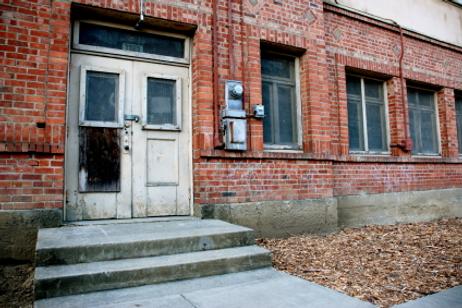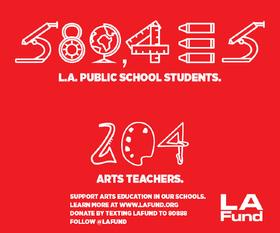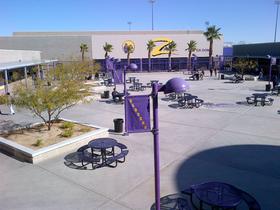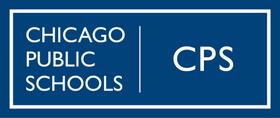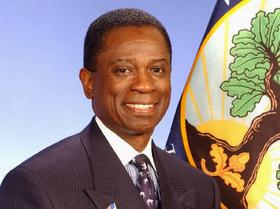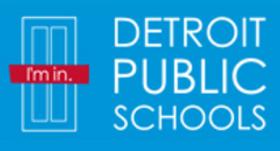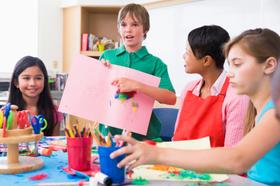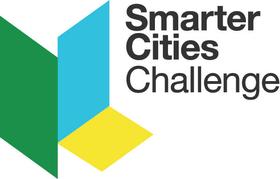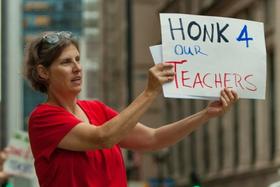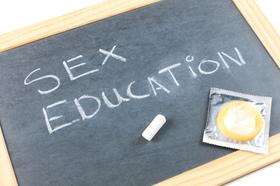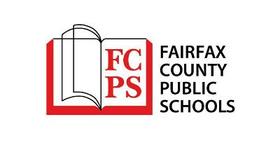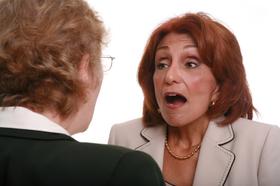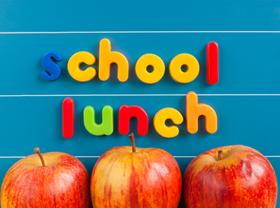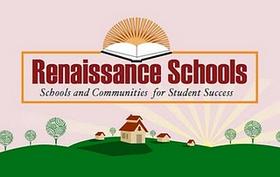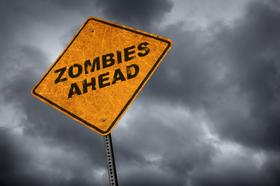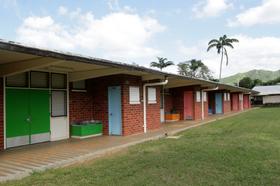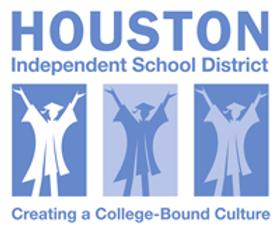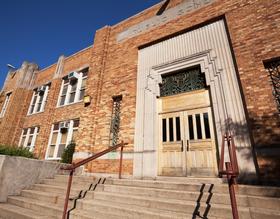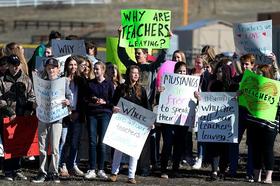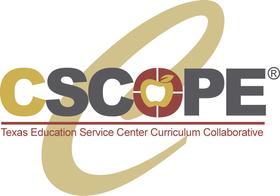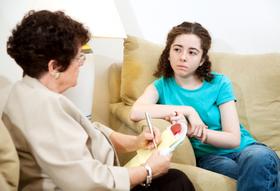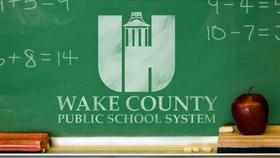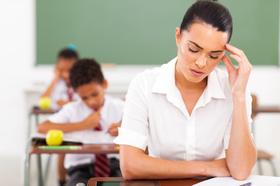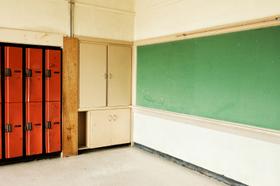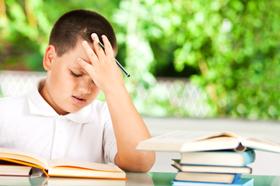The third largest school district in the country is bracing for the closure of more than 50 schools at the end of the academic year. After months of debate and consideration, Chicago Public Schools have officially announced plans to close 54 schools inside the massive district. Eleven additional schools will be sharing space with other schools nearby. The announcement was greeted by anger, frustration, and even tears by some teachers, parents, and students, but district officials insist the move is necessary to help Chicago Public Schools balance a hurting budget.
This video reports on the impending closure of more than 50 Chicago schools.
Principals, Teachers, and Parents Given Official Closure Notices
The New York Times reports that principals of the schools slated for closure began receiving official notices on March 21. However, district officials remained mum about the plans until the end of that day. That is when Barbara Byrd-Bennett, chief officer for Chicago Public Schools, released a statement saying, “For too long children in certain parts of Chicago have been cheated out of the resources they need to succeed because they are in underutilized, under-resourced schools.”
NBC News reports that while the official closing list will not be released until March 31, parents also began receiving letters from their children’s schools about the closure plans. Most affected schools are located in neighborhoods where a large percentage of the student population is either African-American or Hispanic. In these areas, district officials state enrollment has declined significantly in recent years – by as much as 20 percent over the past decade. That number amounts to around 100,000 students, which has left some of the schools half-empty.
Saving Money with Fewer Schools
District officials estimate that closing these schools will save the district $560 million over the next 10 years. Closures will also save operating costs of around $43 million annually. Byrd-Bennett has stated that closing a portion of Chicago’s schools is necessary to help the district offset a $1 billion budget deficit. Byrd-Bennett added, “By consolidating these schools, we can focus on getting every child into a better performing school close to their home.”
District officials have also promised to use the money saved from the closures to purchase air conditioning for every classroom and library for every school. The money could also be used to expand math, science, and even arts programs. Students in grades three through eight could be provided iPads to enhance their learning environment. Programs could be developed for students who are also identified as academically advanced.
The Safety Issue
While the school closures might look like they make sense according to the bottom line, educators and parents in the city are asserting money is not the only factor to consider. Safety is a huge concern for parents and students, who say longer travel to a school can subject students to higher risk. Karen Lewis, president of the Chicago teachers’ union, stated in the Washington Post that closing schools subjects children to “gang violence, turf wars, and peer-to-peer conflict.”
Lewis complains that district officials have announced plans to close the schools without a plan to safely transport students from closed schools to other schools. She accuses district officials of forcing parents to put small children on city buses to get to school rather than walking through their neighborhoods to school each day. She asserts that some children have been seriously injured on their way to school already in the city, and one child has died.
This video reports on parents protesting planned school closures in Chicago.
Bigger Classrooms, Less Attention for Students?
Parents have also voiced concerns that moving students to a new school could place them in larger classes where they will receive less individual attention. Parents of special needs students are especially concerned since their children often require more one-on-one time with the teacher than other students in the classroom. A spokesperson for Chicago’s schools, Rebecca Carroll, told the New York Times that schools are funded with the expectation of 30 students in a classroom. However, Carroll admitted that the number was based on budget, not academics.
Parents also worry that shutting students from one school to another will not guarantee higher quality education. The New York Times reports on a study by the Consortium on Chicago School Research at the University of Chicago involving the closure of 38 schools between 2001 and 2006. Of that number, only six percent of the students from the closed schools ended up at schools that were considered academically strong.
In Defense of School Closures
Despite the many concerns raised about the schools slated for closure, Chicago Mayor Rahm Emanuel and Barbara Byrd-Bennett stand by their decision. Emanuel issued a statement after the announcement, which was quoted in the Washington Times:
The decision to deal with the 54 schools was not taken lightly, but it was taken with the notion of, ‘How do we make sure that every child can get to a quality school with a quality education? Because you do not get a repeat on this. And for too long, we have not been able to do that for every child in the city of Chicago and for all of the families.”
The Washington Times article also states, “Tensions and tempers are high in Chicago.” That might be an understatement, considering some of the rhetoric that is being thrown around on both sides. At the core of the issue is the educational well-being of Chicago students. At this time, it is difficult to tell whether the school closures will provide the academic enhancement district officials promise or whether they will serve to further destabilize Chicago neighborhoods, as opponents threaten.
Questions? Contact us on Facebook. @publicschoolreview

